Vegan Aquafaba Almond Meringue Cookies
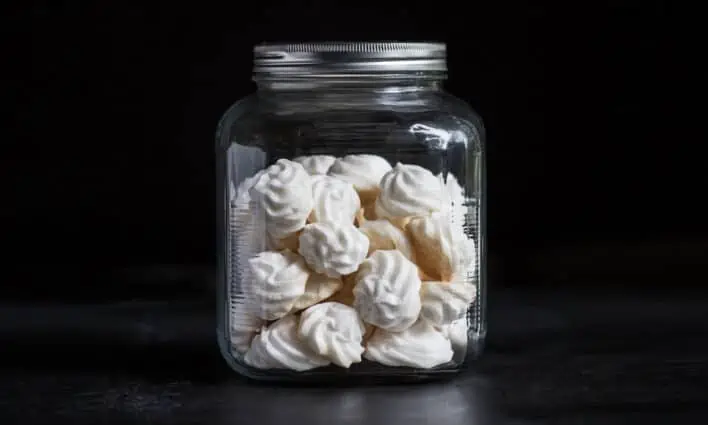
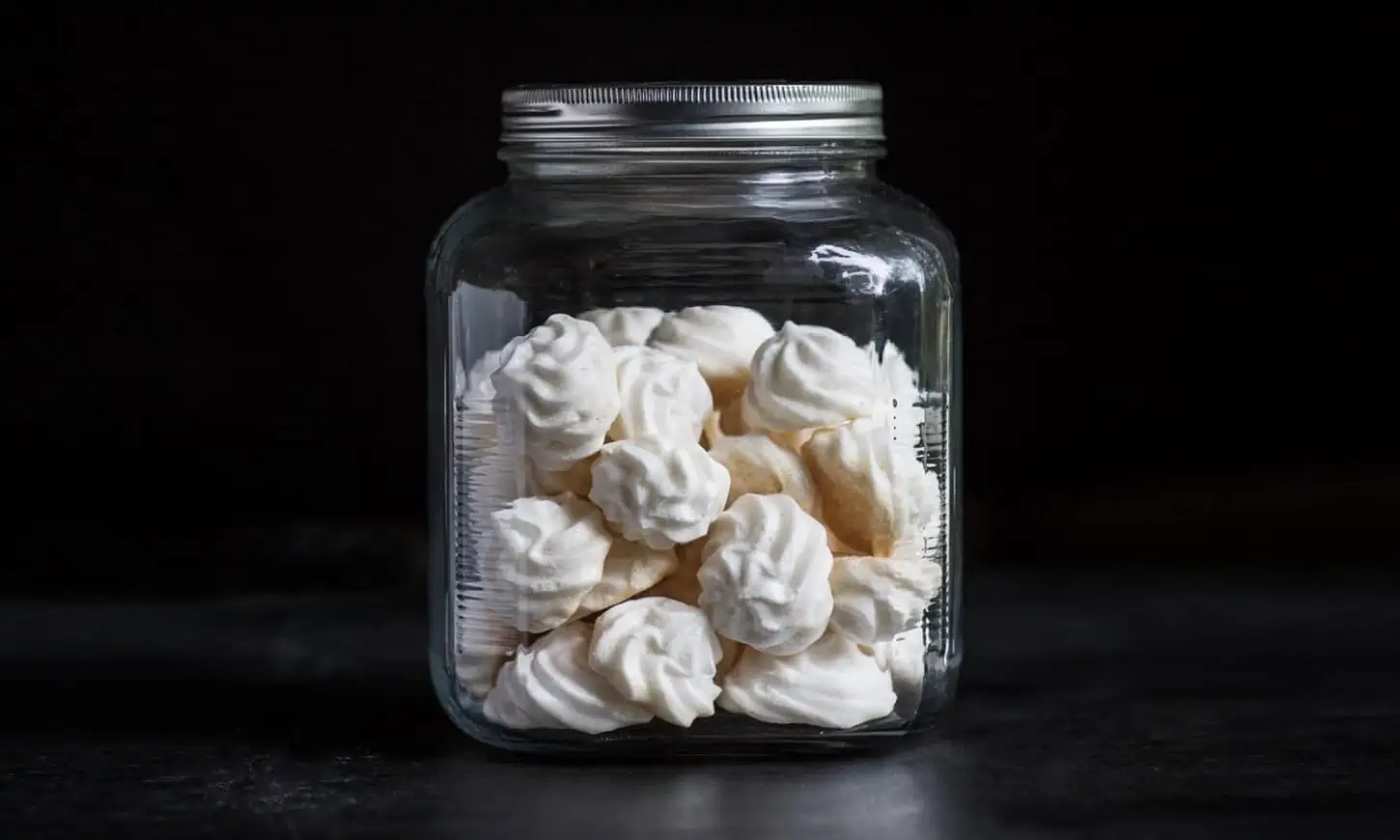
We’re so excited about the new Wicked Healthy Cookbook by Chad Sarno, Derek Sarno, and David Joachim. The Sarno brothers have long been making us drool over their creative concoctions. Their food philosophy is simple: shoot for 80% healthy and 20% wicked. The Wicked Healthy cookbook is inspired by ingredients and flavor, and shows you how to put plants on the center of your plate. They’re all about good food—no preaching or strict rules.
The Wicked Healthy Cookbook is a great one and we are thrilled to share a sneak peek. What’s inside? Gorgeous photography, must-have tips on entertaining, innovative cooking techniques (have you seen what they can do with mushrooms?!), and 129 unique wicked delicious recipes. They shared one here—these delightful vegan meringue cookies made from aquafaba—that we’re excited to share with World of Vegan readers. Buon appetito!
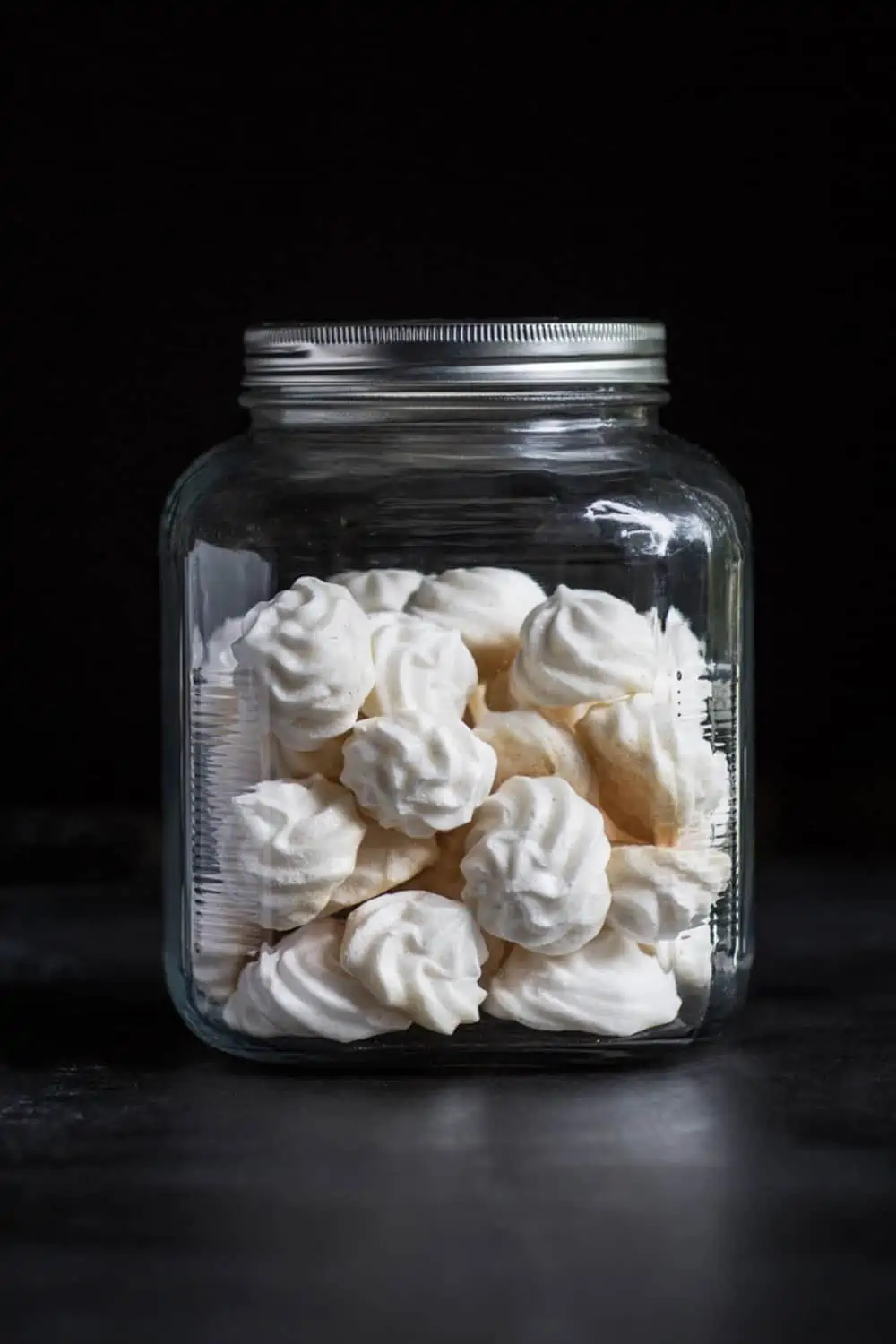
How to Make the Mighty Wicked Meringue
This recipe still blows our minds. You mean the leftover liquid from a can of beans (called aquafaba) can be used to make desserts?! Most people pour their bean liquid down the drain. But surprise—it has enough protein to whip up just like egg whites. Voilà—plant-based meringue! You can use this meringue as a base for everything from pancakes and pastries to meringue-topped pies and Almond Meringue Cookies.
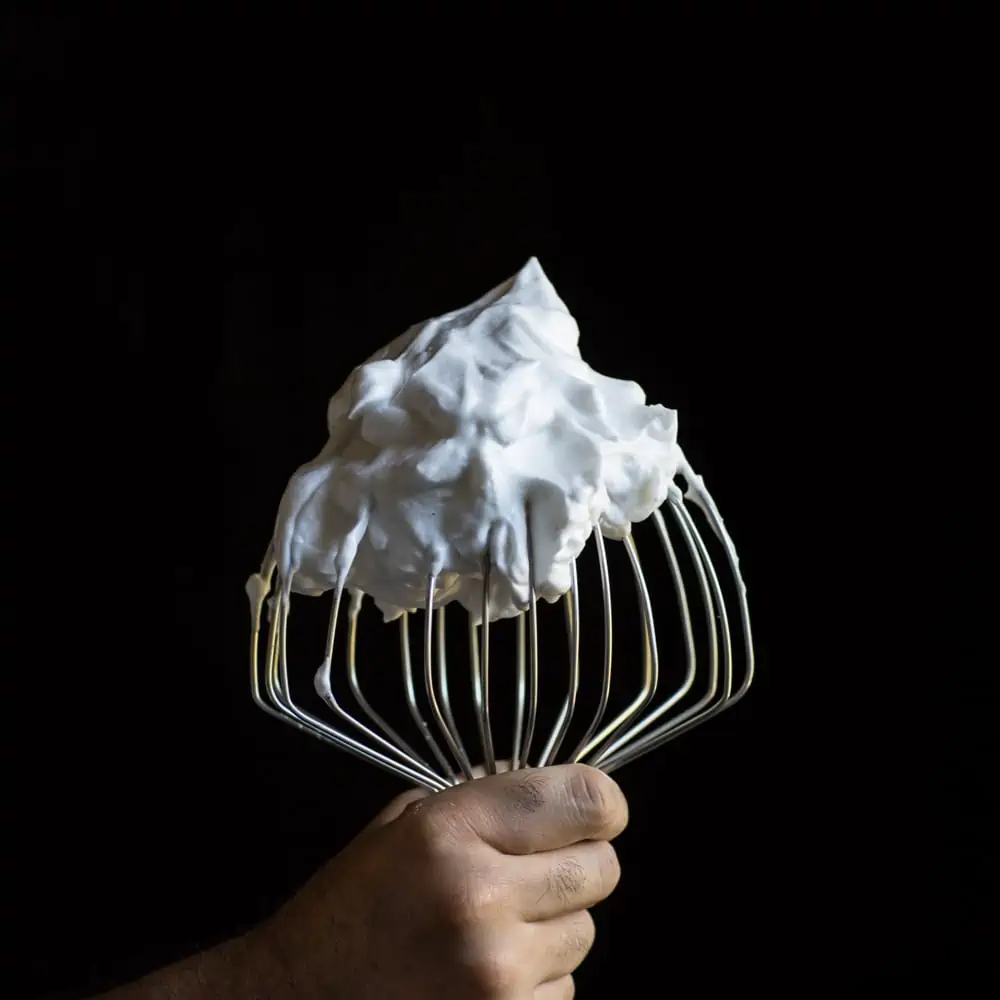
More Wicked Awesome Vegan Cookie Recipes
- Vegan Florentine Cookies
- Lemon Pistachio Quinoa Cookies
- Peanut Butter & Jelly Vegan Thumbprint Cookies
- Is Cream of Tartar Vegan?
- Vegan Macarons



Vegan Aquafaba Almond Meringue Cookies

Equipment
- Stand Mixer
Ingredients
- 1 14-ounce can chickpeas, with no salt added, (drain aquafaba liquid – the chickpea brine – that's what you'll be using for this recipe)
- ½ teaspoon cream of tartar
- ½ cup semi-fine cane sugar (or granulated sugar), If using granulated sugar, grind in a food processor or Vitamix for 10 to 15 seconds until you have a semi-fine powder
- 1 teaspoon almond extract
- seeds scraped from ½ vanilla bean
- ¼ cup finely ground unsalted roasted almonds, optional
Instructions
- Preheat the oven to 200ºF. Line two baking sheets with parchment paper.
- Strain the chickpea liquid (aquafaba) into the bowl of an electric stand mixer. You should have about ½ cup. (Use the chickpeas for something else).
- Add the cream of tartar to the bowl and fit the mixer with the whisk attachment. Whip on high speed until the mixture increases in volume and stiffens a bit, 4 to 6 minutes.
- Reduce the speed to medium high and gradually add the sugar, a few tablespoons at a time. Blend about 4 minutes more, stopping and scraping down the sides of the bowl as necessary. The meringue is done when it holds its shape as the whip attachment is lifted. You should also be able to hold the bowl upside down without the meringue falling out. Continue whipping until you can do that. Otherwise, the meringue will not hold its shape when cooked.
- Once fully whipped, whip the almond extract and vanilla seeds into the meringue.
- Spoon the meringue into a pastry bag fitted with a round tip. Or use a zipper-lock bag and cut off a corner. If your parchment is curling up from the baking sheets, dollop a little meringue under each corner to secure it. Pipe cookies into pointy mounds about 1½ inches in diameter. They should look like big Hershey’s kisses. You need only about ½ inch space between cookies because they won’t expand much during baking. Sprinkle the ground almonds, if using, evenly over the cookies.
- Bake until the cookies look dry and off-white in color, 2 hours. Rotate the pans halfway through the baking for even heating. Cool completely on the baking sheets. Store in well-sealed containers. Humidity and moisture will make the cookies sticky, so store them in a cool, dry cupboard.
Video
Notes
- RASPBERRY MERINGUE COOKIES:: When making the meringue, add ⅓ cup powdered freeze-dried raspberries (buzzed in a clean spice grinder) along with the sugar. Omit the vanilla and almonds, and substitute raspberry extract for the almond extract.
- LEMON MERINGUE COOKIES: When making the meringue, add 2 tablespoons lemon peel powder (buzz the dried lemon peel in a clean spice grinder) along with the sugar. Omit the vanilla and almonds, and substitute lemon extract for the almond extract.
- CANDY CANE MERINGUE COOKIES: When making the meringue, reduce the sugar by 2 tablespoons and add 3 to 4 tablespoons crushed candy canes along with the sugar while whipping. Omit the vanilla and almonds, and substitute 1 teaspoon peppermint extract or a few drops of food-grade peppermint essential oil for the almond extract.
Nutrition
Wicked Healthy Vegan Aquafaba Almond Meringue Cookies recipe excerpted from the book THE WICKED HEALTHY COOKBOOK by Chad Sarno, Derek Sarno, and David Joachim. Copyright © 2018 by Chad Sarno and Derek Sarno. Article written with support from Kristie Middleton and Amanda Meth. Reprinted with permission of Grand Central Life & Style. All rights reserved.

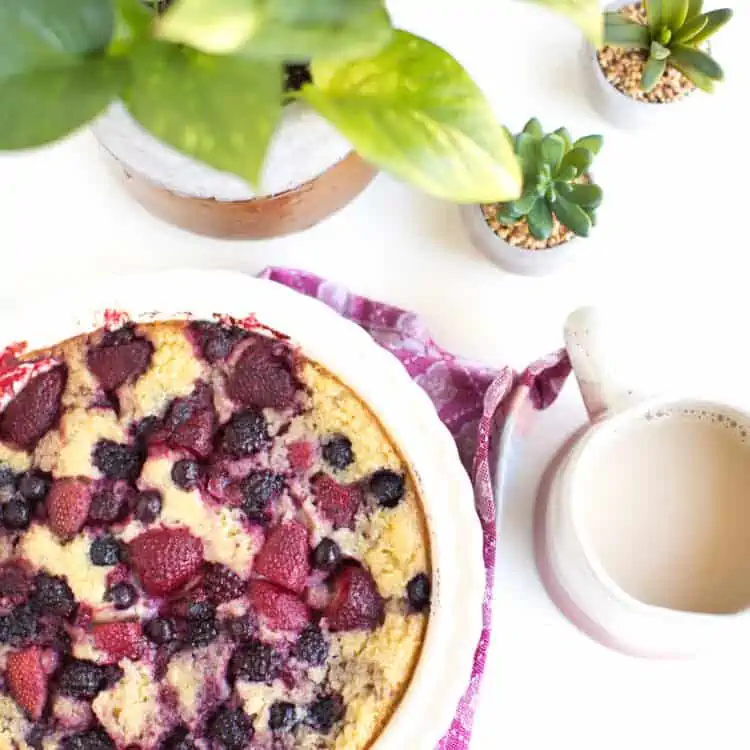
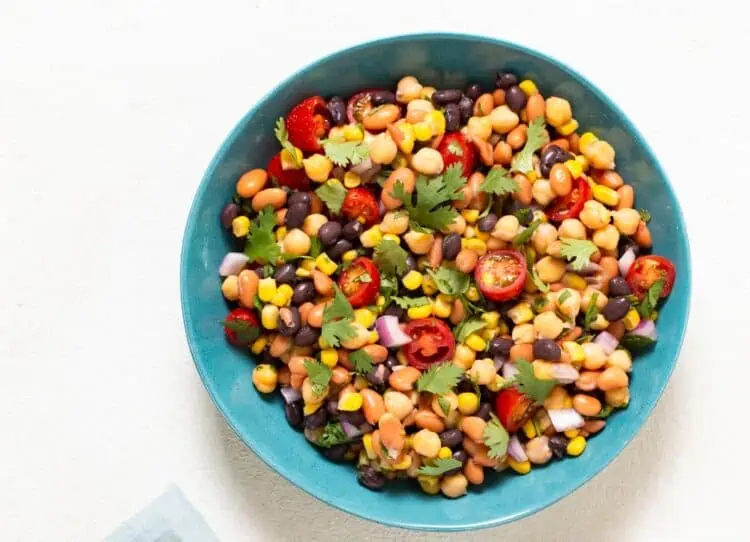
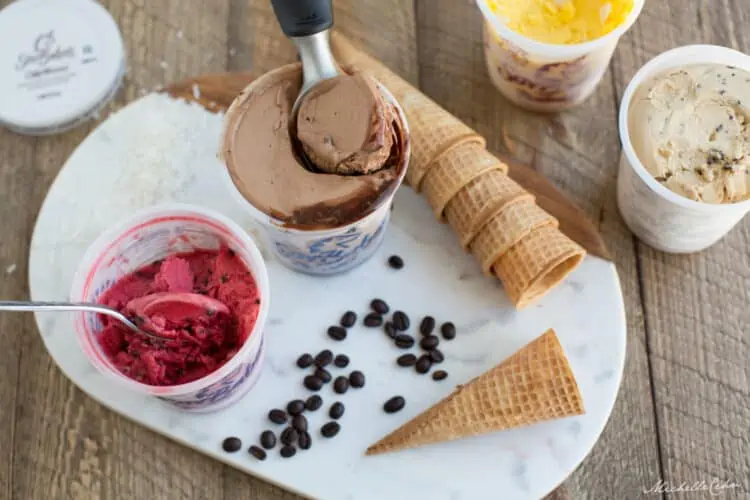


Leave a Comment
Can I whisk these by hand, or use regular beaters? My old mixer doesn’t have a whip attachment. Also, vanilla beans are crazy expensive! Any substitute, or just omit?
You can whisk by hand but a better option would be an electric hand mixer if you have one. It will take a lot longer by hand but it’s possible (and a good arm workout!). For vanilla, you could try a tiny splash of vanilla extract. I would add it when adding the sugar. Let us know how it goes for you! Enjoy!
I looove merengue! This recipe is a sweet lover MUST! 🙂
Woah, I used to love these as a kid! I can’t wait to make them 🙂
Omg I haven’t had meringue in such a long time! These look amazing 🙂
I need to make these ASAP!
So surprising that you can make meringue cookies with bean brine! Whoa! Blew my mind. I actually added some natural colorings to mine and made rainbow meringue cookies – they came out beautiful! I love this recipe!
I’m obsessed with aquafaba!! It’s so magical. I can’t believe it’s this easy to make vegan meringues.
This recipe will have your friends thinking you’re a pastry chef! So delicious!